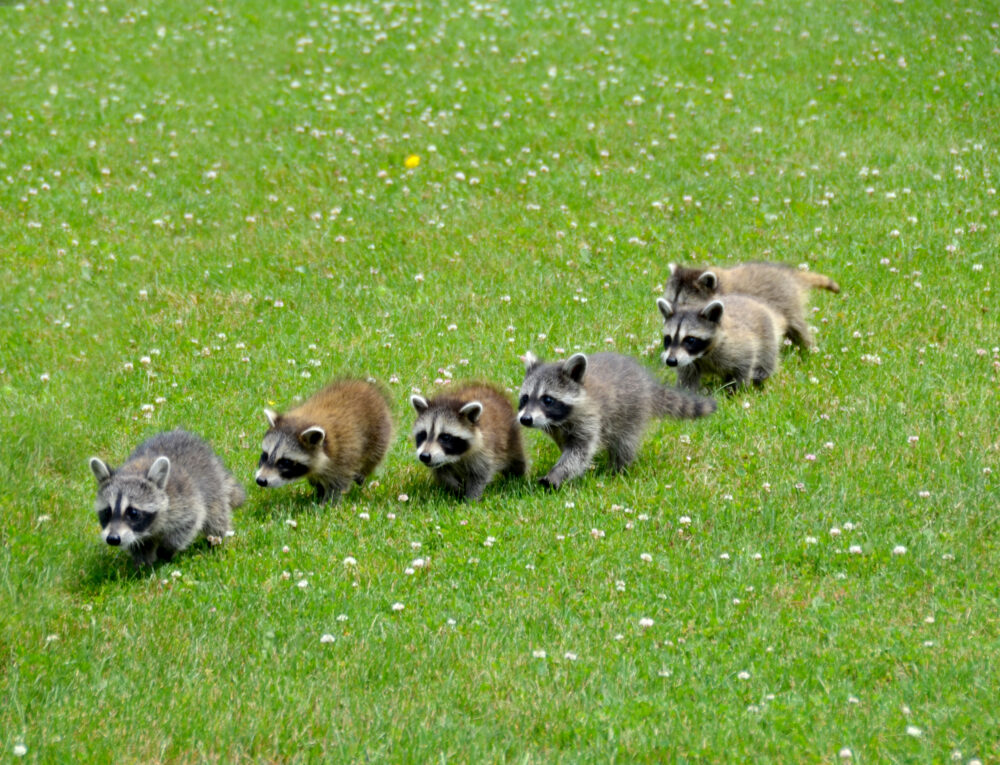We have much more to do and your continued support is needed now more than ever.
Bird of the Week: Brown Pelican

This Friday, May 20, 2011, the nation will celebrate Endangered Species Day. Of the nearly 2,000 plant and animal species listed as endangered or threatened under the Endangered Species Act— first passed in 1966 and updated in 1973—few provide better examples of the act’s power to bring species back from the brink than the brown pelican.
Conservation Success Story
By the late 1950s, U.S. populations of the brown pelican had crashed as a result of illegal hunting and, especially, use of the pesticide DDT—which led to fatal thinning of pelican eggshells after parents ingested contaminated fish. Pelicans disappeared entirely from the Pelican State of Louisiana.
In 1970, the U.S. Fish and Wildlife Service (FWS) listed the brown pelican as endangered throughout its range. A 1972 ban on DDT—along with transplanting thousands of chicks from Florida to Louisiana—led to remarkable population recoveries. The bird’s range in the east even expanded north to include Maryland and Virginia.
In 1985, Atlantic coast populations of the brown pelican were removed from the endangered species list. In November 2009, the species was removed from the list completely. “They’ve been doing very well,” says biologist Kelly Hornaday of the FWS endangered species program. “Annual surveys by our state partners show either stable or increasing numbers with good nesting success.”
It’s critical that conservation funding for endangered species is protected for the health of wildlife.
An Unusual Pelican
The brown pelican is unusual among the world’s eight pelican species. Along with the Peruvian pelican—a new species until recently considered the same as the brown pelican—it is the only one that lives strictly in coastal habitats, never venturing more than about 20 miles inland or out to sea.
Brown pelicans feed exclusively on fish they capture by diving headfirst into the water. The birds have excellent eyesight and can spot fish from as high as 60 feet. After nabbing their catch, pelicans scoop or dip the fish into their pouches, rise to the water’s surface, tilt their bills forward to drain the water, then toss their heads up and back to swallow.
It turns out to be true that a pelican’s “bill can hold more than his belly can”: The bird’s pouch can accommodate about three gallons of water while its stomach holds only about one.
Pelicans in the Gulf Oil Spill
The brown pelican was hit hard by the massive Gulf of Mexico oil disaster, which began just over a year ago in April 2010. More than 700 pelicans were collected in the vicinity of the spill, two-thirds of them dead. Oil also contaminated mangrove thickets on several islands where pelicans nest. And scientists still are studying potential effects of the oil on populations of fish brown pelicans feed on.
Still, Hornaday remains cautiously optimistic. “The species may take a hit for a few years,” she says. But as its recovery in recent decades demonstrates, “this is a pretty resilient bird.” Brown pelicans evolved to cope with challenges such as hurricanes and periodic crashes in prey caused by El Niño, she adds. “These birds are adapted to boom and bust cycles.”
Voice: Low grunting, rarely heard. Begging nestlings give distinctive piping and moaning sounds, by which adults identify them.
Sources: “Oil Spill Hammers Brown Pelicans” by Laura Tangley, National Wildlife, October/November 2010; Cornell Lab of Ornithology’s All About Birds and National Wildlife Federation Field Guide to Birds of North America.
Enter Our Photo Contest!
Jim Gray took the above photo of a brown pelican flying over Tampa Bay, Florida, and entered it in last year’s National Wildlife photo contest. Why not enter your best shots in the 41st annual National Wildlife Photo Contest this year? Winners in seven categories (including birds) will appear in National Wildlife magazine alongside images taken by some of the world’s top nature photographers.






















